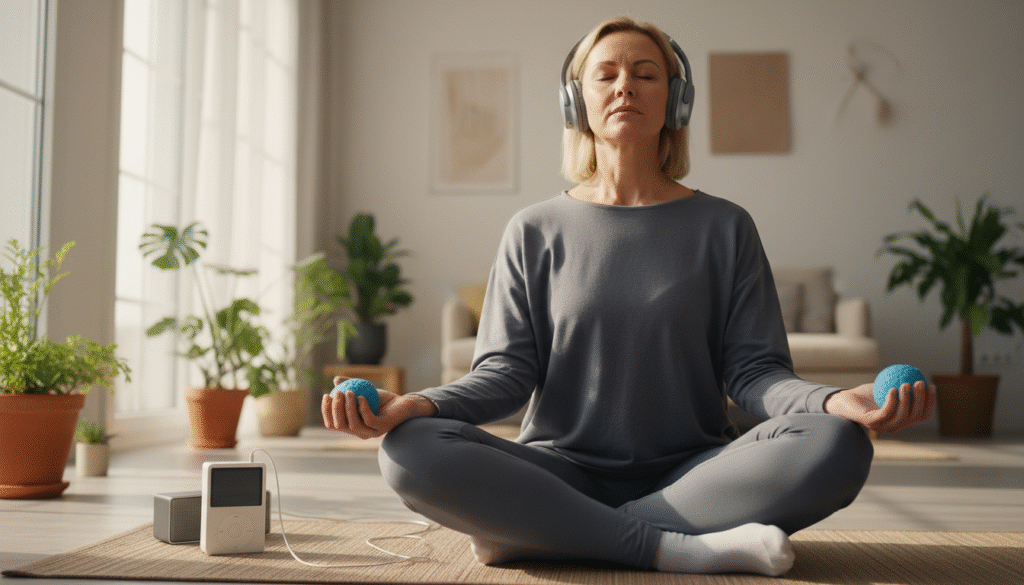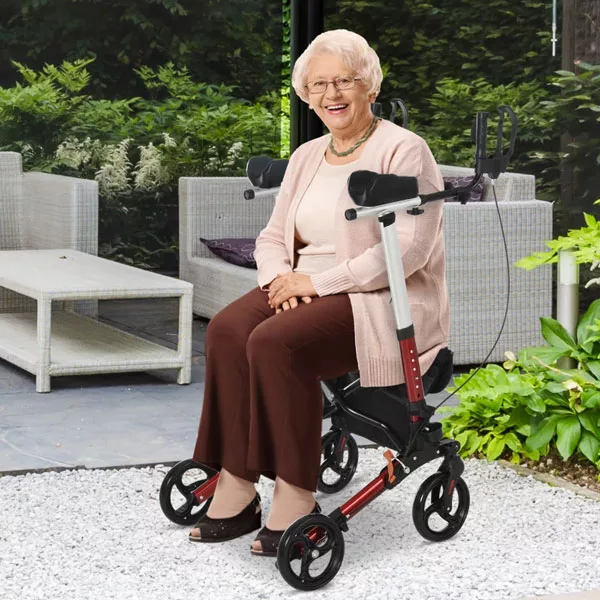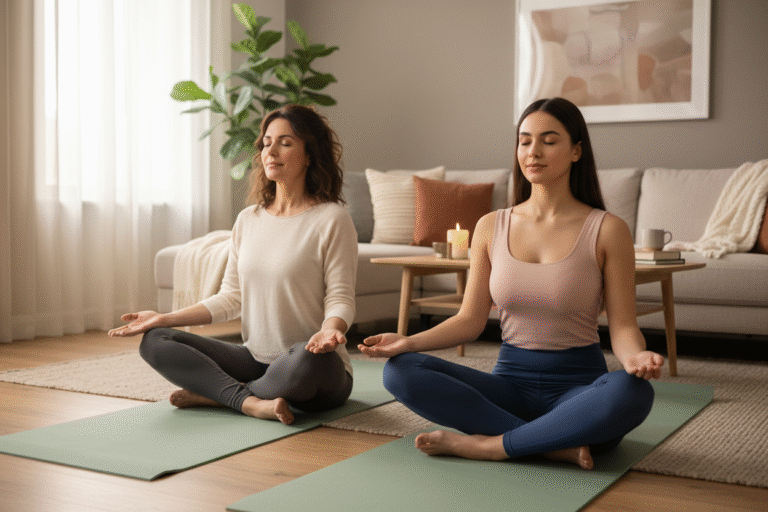Your Ultimate Stress-Free Day Guide to Manage Stressful Days (And Actually Keeping It That Way)
Learn practical, science-backed strategies to build a stress-free day—even when life gets messy. Real tools for real days.
You know that feeling when you wake up and the day already feels loud? Inbox overflowing, to-do list taller than you remember, and you haven’t even had coffee. Same. Last Tuesday I had seventeen unread messages, a deadline I misplaced, and a car noise that sounded like a tiny gremlin. I hid under the blanket for five minutes like that would fix anything. It didn’t. By 3 p.m., I felt steady—not because the day got easier, but because I used a few simple things that work. That’s what a stress free day is: not magic, just doable tools you actually use.
For a long time, I thought calm people were just born that way. Turns out, it’s not a personality quirk—it’s a handful of habits anyone can learn to relieve stress. You build them, you use them, and you lean on them when life stacks up.
This is the guide I wish I’d had—practical, honest, and doable. If you want more calm without quitting your job, going off-grid, or pretending you love 5 a.m. ice baths, you’re in the right place.
Try this today: skim the sections and pick one tiny thing to try. Not ten. One.
What Actually Counts as a Stress-Free Day? (Spoiler: It’s Not What You Think)
I used to imagine a stress free day like a vacation ad: quiet, perfect, no interruptions. Chasing that made regular days feel like failures. A real stress free day isn’t the absence of problems; it’s feeling like you’re driving the car, not hanging on to the bumper. The stress still shows up. You just meet it steadier.
Picture getting stuck in traffic before something important. You can grip the wheel, stew the whole way, and arrive wrung out. Or you can put on a favorite podcast, breathe, and show up with your shoulders down and your brain online. Same traffic, different result.
In real life, it looks ordinary. Take five quiet minutes before a high-stakes call. Eat lunch away from your laptop—outside if you can. End the day with a tiny ritual: light a candle, write a single line in a journal, take a brief walk, or stretch. It tells your nervous system, “We’re safe. We’re done.” No one’s filming it. But those choices add up. They shift you from spun out to steady.
Try this today: add a two-minute buffer before anything stressful. Close your eyes, inhale for four, hold for four, exhale for six. Then begin.
Understanding Stress: Why Your Body Keeps Hitting the Alarm Button
Stress isn’t the enemy. It’s an old alarm to stress response meant to protect you. Heart rate rises, muscles tense, adrenaline and cortisol kick in. That’s useful if a real threat is in front of you. These days, most “threats” are emails, bills, and hard conversations. Your body doesn’t always know the difference unless you help it.
When the alarm sticks on, sleep gets weird, your mood wobbles, your patience shrinks. I’ve had seasons where my shoulders lived up by my ears and tiny problems felt huge. That’s not weakness; that’s a system running hot. Managing stress isn’t just “calming down.” It’s taking care of your future energy, focus, and sanity.
Try this today: notice one physical cue that says stress is rising—jaw clenching, shallow breathing, tight chest. When you catch it, make your exhale longer than your inhale for one minute.
The Foundation of Stress Management: Start Small, Build Big
There’s no single hack. What works is a few small habits working together. Breath helps in the moment. Breath plus better sleep, some movement, and basic boundaries changes your baseline.
Start with one habit and do it for two weeks. Pay attention to what shifts—your breathing, your shoulders, your pace. Then add another. This isn’t about perfect. It’s about a calm base you can rely on even when the day doesn’t behave.
Try this today: choose one foundational habit to test for 14 days. Put it on your calendar so it actually happens.
Quick Wins: Stress Relief When You Need It Right Now

Some afternoons tilt at 2 p.m. You need things you can do in under five minutes, anywhere.
Deep Breathing: The Reset Button
Inhale for four, hold for four, exhale for six through pursed lips. Do six to eight rounds. Use it before a call, after a tense message, or when your thoughts start sprinting. This will help ease muscle tension. The long exhale signals “calm” to your body. Try these breathing exercises for one minute before you open your calendar and one minute of a few deep breaths after. Planning feels less sharp.
Stress Ball or Grip Squeeze
Slow squeeze and release for about a minute. Do it on hold, in a meeting, or during a tough conversation. Releasing hand tension often relaxes shoulders and jaw too. Keep a stress ball nearby—or use a rolled towel.
Music That Moves You
Play a song that actually shifts your mood:
- calming
- nostalgic
- energizing
- soothing music
It helps with the midday dip, pre-presentation jitters, or after a conflict. A three-song reset (calm → lift → steady) is enough.
Five-Minute Outdoor Walk
Step outside. Walk a block or around the building. Light, air, and a wider view tell your brain you’re safe and ease rigid thinking. It can also improve your physical health. Try it after tough emails or before deep focus. Leave your phone. Breathe and move.
Hand Massage (Underrated Magic)
Rub your palms together, then knead each finger and the webbing for a minute or two. It pulls attention out of the spiral in your head and back into your body and helps reduce stress levels. Set a 90-second timer after your next task switch.
Mental Health: The Mindfulness Meditation Game-Changer
Meditation or guided meditation isn’t about emptying your mind. It’s about returning your attention, again and again, without beating yourself up when it wanders. That’s the rep. Over time, those reps matter.
A 2022 review in JAMA Internal Medicine found even brief mindfulness practice can reduce anxiety and quiet the brain’s threat signals. In plain terms: you bounce back faster.
Start simple. Sit comfortably—car, couch, desk chair. Notice your breath at your nose or chest. When your mind wanders (it will), gently return. Try 5–10 minutes, three to five days a week. You probably won’t feel “zen.” You’ll feel more able to stay with what’s happening without getting dragged under. That’s the win.
Try this today: notice five breaths in a row. Lose count? Start again at one.
Building a Stress Free Day: Long-Term Habits That Actually Stick
Quick fixes help with spikes. Habits change the background.
Physical Well Being: Move Your Body, Your Way
Do what you’ll actually do: a walk around the block, dancing while you make dinner, a quick yoga flow, a bike ride, a short hike. Movement clears out some of that stress buzz, evens your mood, and helps you sleep better. I stopped forcing workouts I dreaded and just walked every day. My patience came back. Start small: take a 10‑minute walk right after your most mentally draining task.
Eat to Support a Calmer Brain
If breakfast is usually coffee and wishes, give it a little upgrade. Scramble a couple of eggs with whatever veggies are hanging out in the fridge, or grab yogurt with berries and a handful of nuts. That steadier mix keeps your energy and mood from spiking and crashing—and you won’t be hunting for snacks an hour later.
Protect Your Sleep Like It’s a Meeting With Your Future Self
Here are some tips:
- Pick a bedtime and actually stick to it.
- Make the room darker and cooler than you think you need.
- Put your phone to bed an hour before you do—face down, out of reach.
- Stretch for a minute.
- Read a page from your favorite book.
- Jot one line in a notebook.
Good sleep makes everything feel manageable; bad sleep turns molehills into mountains. A little ritual helps to manage stressful situations. You can do the same few things every night so your brain gets the hint: we’re done for today.
Stay Connected (Even If You’re Busy)
You don’t need a marathon catch-up. Send a quick “thinking of you” text. Share one honest sentence about your day. Put a 15‑minute walk or quick call on the calendar. A few real minutes with your people can take the edge off fast. Try this: “Quick walk this week? 15 min?” Easy yes.
Set Boundaries That Make Space for Calm
Practice: “That won’t work for me—here’s what will.” Protect one meeting-free block so you can actually think. Turn off notifications when you’re doing deep work. Pick a stop time and honor it. Most overwhelm is just too many yeses. Boundaries aren’t rude—they’re basic maintenance.
When Stress Becomes Too Much: Knowing When to Get Help

If stress is camped out in your day-to-day and the usual tricks aren’t touching it—or your sleep, appetite, mood, or blood pressure are off—it’s a sign to talk to someone. Reaching out isn’t a last resort; it’s smart maintenance. The right therapist can help you sort the noise faster and get you back to feeling like yourself.
Different Things Work for Different People to Relieve Stress
If a tactic doesn’t click, nothing’s wrong with you—it’s just not your tool. Swap it and keep what helps. The goal isn’t to “win at calm.” It’s to feel like yourself even when stress shows up. Pick one tool, try it for two weeks, then keep it or trade it—no guilt.
The Bottom Line: Your Stress Free Day Awaits
A stress free day isn’t a fantasy. It’s a handful of small choices, repeated. Take one breath before you respond. Take a short walk when your mind tightens. Set one boundary to protect your energy. Send one message to someone who steadies you. Go to bed a little earlier. Small actions compound. One calm day becomes two. Two becomes normal. Life won’t stop being life—but you’ll meet it with more clarity and steadiness.
Try this today: pick exactly one action and put it on your calendar. Then notice what changes—your breath, your shoulders, your pace.
Here’s to your next stress free day. It’s closer than it feels.







